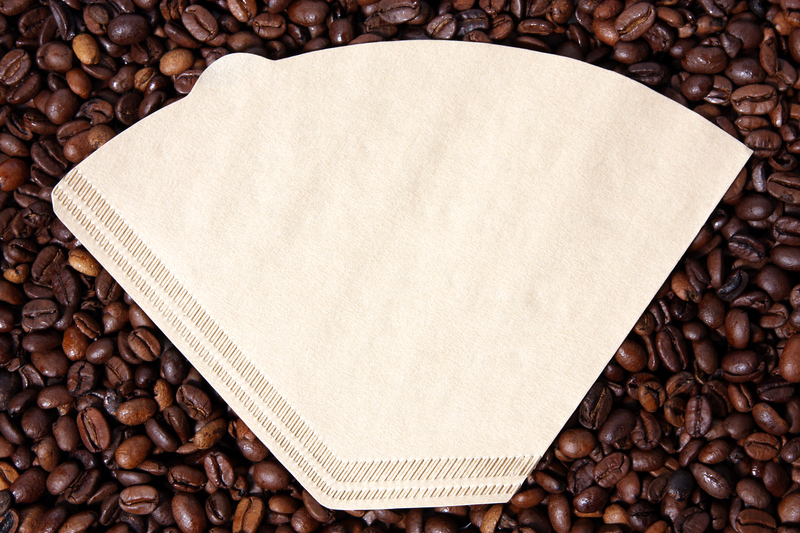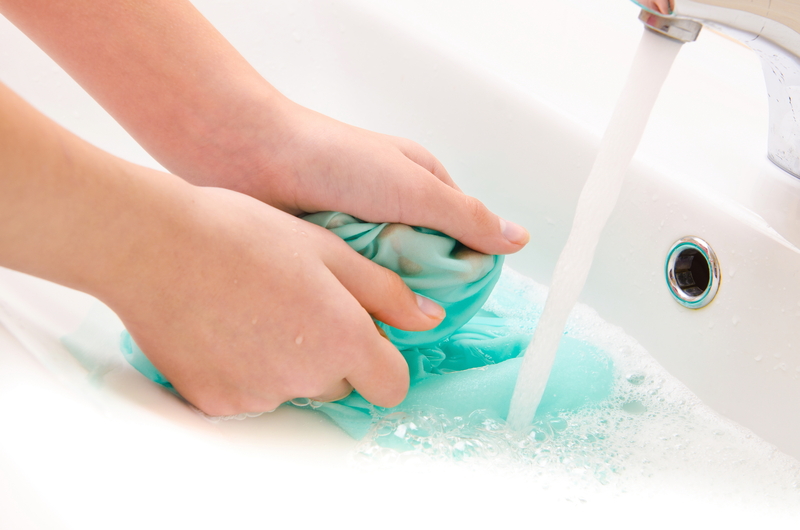Cleaning Burnt-on Grease and Residue: A Stovetop Rescue Guide
Posted on 29/06/2025
Cleaning Burnt-on Grease and Residue: A Stovetop Rescue Guide
Are you frustrated by the stubborn, sticky, and sometimes charred grease that clings to your stovetop? If you have ever cooked a big family dinner or tried your hand at frying, you've likely faced the challenge of burnt-on grease and food residue. These tough stains not only make your kitchen look unkempt, but they can also affect the flavor of your dishes and may even pose health risks. Welcome to our comprehensive guide on how to clean burnt-on grease and stovetop residue efficiently and safely!
Why Does Burnt-on Grease Happen?
Grease and food residue build up on stovetops due to spills, splatters, and daily cooking routines. High heat can bake these spills into tough, caked-on layers that are extremely hard to remove with standard cleaning methods. Over time, neglecting this mess can lead to:
- Unpleasant odors and unsightly stains
- Reduced efficiency of burners or heating elements
- Potential fire hazards
- Bacterial growth on dirty surfaces
Recognizing the problem is the first step. The good news is that you can restore your stovetop's shine with the right tools, products, and techniques.

Essential Supplies for Cleaning Your Stovetop
Before you start, make sure you gather all the necessary cleaning supplies. Having these items on hand will make your burnt-on grease cleaning session quicker and more effective:
- Baking soda - A gentle abrasive for tough grime
- White vinegar - Natural degreaser and disinfectant
- Dish soap - Cuts through grease
- Non-abrasive scrub pads or sponges
- Soft microfiber cloths
- Old toothbrush or small cleaning brush
- Plastic scraper or spatula
- Gloves (optional, but recommended for sensitive skin)
Pro Tip:
Avoid abrasive cleaners and metal scouring pads unless your stovetop's manufacturer specifically recommends them. These can scratch or damage surfaces, especially on glass or ceramic stovetops.
Step-by-Step Guide to Cleaning Burnt-on Grease and Stovetop Residue
Step 1: Safety First - Prep Your Stovetop
- Turn off all burners and ensure the stovetop is completely cool.
- Disconnect any electric coils or removable parts, if possible.
- Remove grates, burner caps, and knobs where applicable.
*Always consult your appliance's manual for specific disassembly instructions.
Step 2: Basic Surface Cleaning
Wipe down the stovetop gently with a damp microfiber cloth to remove loose crumbs and debris. This step helps prevent scratching during deep cleaning.
Step 3: Tackle the Burnt-on Grease with Baking Soda & Vinegar
Now, let's get to the heart of cleaning burnt-on grease and residue:
- Sprinkle a generous amount of baking soda over the affected greasy or burnt areas.
- Mist or pour white vinegar over the baking soda. You'll see it fizz--this reaction helps break down stubborn stains.
- Allow the mixture to sit for 15-20 minutes, giving it time to work on the residue.
For extremely stubborn spots, create a thicker paste of baking soda and water, and apply it directly to the tough area.
Step 4: Scrub Off Residue and Grease
- Use a non-abrasive scrub pad, sponge, or old toothbrush to gently scrub the area in circular motions.
- If needed, reapply some baking soda paste and keep scrubbing until the burnt-on grease lifts.
- For hardened chunks, use a plastic scraper or spatula with care to avoid scratching.
Step 5: Rinse and Wipe Clean
- Wipe away residue with a clean, damp microfiber cloth.
- For lingering bits, repeat the baking soda/vinegar application.
- Dry with a soft towel for a streak-free, shiny finish.
Step 6: Clean Stove Top Parts
- Soak metal grates, burners, and removable knobs in a solution of hot water and dish soap for 15-30 minutes.
- Scrub with a brush, rinse well, and allow to air-dry completely before reassembling.
Advanced Tips for Specific Stovetop Types
Gas Stovetops
Cleaning burnt-on grease from gas burners requires extra care:
- Avoid getting cleaner inside gas ports or igniters.
- Use a toothpick or pin to unclog tiny burner holes if necessary.
- Dry ALL parts thoroughly before reassembling to prevent electrical issues.
Electric Coil Stovetops
Coils should never be submerged in water. Instead, wipe them with a damp cloth, and use a little baking soda paste for stuck-on spots.
Glass or Ceramic Stovetops
These surfaces are most susceptible to scratches. Always use non-abrasive pads and avoid sharp tools. Specialized glass stovetop cleaners are available for heavy buildup.
Natural Remedies for Cleaning Grease and Grime
If you prefer eco-friendly stovetop cleaning methods, try these alternatives:
- Lemon juice: The acidity helps cut through grease and leaves a fresh scent.
- Borax: A natural mineral powder that can be mixed with water for an effective degreaser.
- Hot water and salt: Great for scrubbing away oily residue without chemicals.
*Mix lemon juice with a little baking soda for tougher spots--a natural cleaning boost!
Preventing Burnt-on Grease on Stovetops
The best way to avoid the hassle of removing burnt-on residue is to prevent it from building up in the first place. Use these tips for ongoing stovetop maintenance:
- Wipe up spills as soon as the surface cools down.
- Place splatter guards over pans while frying or sauteing.
- Clean stovetop parts weekly, even if they don't look dirty.
- Use covers or liners (silicone or disposable) to catch drips, especially under burners.
- Inspect and replace worn stove parts to ensure even heating and reduce spillover risks.
Common Mistakes When Cleaning Burnt-on Grease
Avoid these classic stovetop cleaning blunders:
- Waiting too long - The longer grease sits, the harder it is to remove.
- Using harsh abrasives or steel wool - These can scratch the surface permanently.
- Using flammable solvents - Only use water-based cleaners for safety.
- Neglecting to clean underneath burners, where grease can drip and build up.
Professional Cleaning Products for Stubborn Burnt-on Grease
Sometimes homemade solutions need a little backup. There are a range of commercial products designed specifically for cleaning burnt-on grease from stovetops, including:
- Degreasing sprays: Specially formulated to dissolve thick, baked-on grease.
- Glass stovetop cleaners: Non-scratch creams or wipes for glass and ceramic finishes.
- Oven cleaning foams: Can tackle extreme, neglected messes (use with caution and ventilate area).
Always follow manufacturer instructions and test products first on a small, inconspicuous area.

Stovetop Cleaning FAQs
- How often should I clean my stovetop?
Light cleaning should happen after every use (wipe spills!). Deep cleanings, especially for burnt-on residue, are recommended weekly or whenever heavy buildup is visible. - Can I use bleach on my stovetop?
Avoid bleach except when specifically noted by your manufacturer. It can corrode metal, discolor surfaces, and leave harsh fumes. - What if my stovetop is still greasy after cleaning?
Repeat the baking soda and vinegar process or try a dedicated degreaser. Make sure all surfaces are rinsed thoroughly afterward to prevent streaks or residue.
The Ultimate Stovetop Rescue: Final Thoughts
Burnt-on grease and cooking residue don't have to be permanent kitchen nightmares. With regular maintenance, the right supplies, and the expert strategies shared in this guide, you can keep your stovetop looking and functioning like new. For both gas and electric ranges, quick action is your best defense, and routine cleaning will prevent future struggles with tough, baked-on messes.
Cleaning burnt-on grease from your stovetop doesn't have to be a chore you dread. Embrace these tips and your kitchen will sparkle--every meal, every time!




